Description
Indian Ringneck for Sale
Supper lovely Indian Ringneck for Sale,the Indian Ringneck Parakeets have been held in admiration and esteem since ancient times. They are a large parakeet, sought after for the superiority in their form and beauty, their ability to speak, their intelligence and trainability, and because they are easy to breed. The Indian Ringneck Parakeet, has been a long time favorite for bird lovers! There are many color combinations that can be produced, which is a fun challenge and fascination for many breeders!
A black ring that runs thought the chin and along the cheek. There it blends into a pink collar with some blue on the nape. The upper mandible of the beak is a red-orange and the lower mandible is black.
The female and immature male has no black ring, pink collar, or blue tint on the back of the head. Juveniles also have a coral pink beak with a pale tip. The young reach their adult plumage after their second full molt, at about 3 years of age. These birds grow to a length of 16″ (40 cm).
Care and Feeding of an Indian Ringneck for Sale
Fresh food and water must be provided daily.
In addition to these foods, you can offer your Indian Ringnecks with vegetables and commercial pellets. They also enjoy the same nutritional foods humans eat, including cooked chicken. Cooked beans, rice, and grains are also enjoyed, but soft foods like these will spoil in about 4 hours. An occasional millet spray is a nice treat.
Bird Food:
Foods available for Indian Ringnecks include formulated diets, either pelleted or extruded, seed mixes, and Parakeet mixes which offer a mixture of both pelleted food and seeds. There are pros and cons to feeding only a formulated diet as well as feeding only a seed diet.
Vegetables and fruits
Apples, grapes, bananas, pears, cherries, mangos, oranges, papaya, melons, peaches, and berries are among the additional fruits. Spinach, watercress, field lettuce, poppies, chickweed, dandelions, carrots, corn on the cob, peas, zucchini, green peppers, endive, and sweet potatoes are all fantastic garden veggies.
Bird Baths:
Different species enjoy different types of baths, while some prefer no bath at all. Personal hygiene for your Indian Ring neck can include a wash or shower two or three times each week to help keep its plumage in good condition. Use a hand-held shower sprayer or a hose fitted with a fine spray head.
Handling/Training
Taming and training an Indian Ringneck is pretty easy. Parakeets become accustom to their new environment fairly rapidly. Repetition, patience and time are the keys to successful parakeet training!
Taming Basics
Even though parakeets quickly adapt to their environment, you should give a new arrival a few days to get use to you, your voice and its cage before trying to handle it. A hand fed baby will not need much taming and can often be handled right away, as it is use to human attention. To be able to handle and train your parakeet depends first on trust, so go slowly and be consistent.
Remember that taming and training a bird takes patience, never ‘punish’ your parakeet! This only serves to destroy the trust you’ve spent so much time building.
Initial Training
Your first goal is to get the Indian Ringneck parrot to accept a treat from you, which will lead to it allowing you to gently scratch its head. Then you can begin to work on getting your parakeet to step up on your hand.
Speak softly to the bird to calm it and always move slowly. With a treat held between two fingers, coax it onto your hand. It may try to fly and you may have to repeat this several times. Once your parakeet steps on your hand, you then start having it step up from one hand to the other. You can repeat the hand-taming lessons multiple times a day if necessary, but just for brief periods of time, roughly 20 minutes per lesson. Depending on the bird’s tameness, these two processes can be as quick as a hand-fed baby. An untamed bird may take many weeks or longer.
Indian Ringneck Social Behaviors
Indian Ringneck Parakeets are very social with good personalities. The Ringneck Parakeets are very friendly to people and like lots of attention and handling. Both males and females make equally good pets.
Parakeets are flock oriented birds, which contributes to their needing a full-time companion. It is best if you can keep them in pairs or in small flocks.
Speech and Vocalizations
The Indian ringneck is one of the most intelligent domestic birds. They normally begin speaking between the ages of 8 months and one year, and they can learn more than 200 words. The bird’s speaking ability can range from average to yelling or screeching, but they are best recognized for their intelligence and quick learning when it comes to speech.
Activities
Exercise and play are key activities for your Indian Ringneck’s physical and psychological well being. Parakeets, being developed for long-distance flight, must fly! If you keep your parakeet in a cage, let it to fly for a couple of hours every day.
Indian Ringneck for sale also enjoy climbing and chewing! Natural perches and fresh twigs from willow, elder, poplar, chestnut, linden, hawthorn, and fruit trees, as well as knotted hemp rope, work well for this. Provide a variety of activities for your parakeet! Climbing ropes, wooden ladders, chains, bells, parrot swings, and wooden or other bird safe toys are examples of parakeet toys and other playthings they will like.
Temperament
Although the Indian ringneck has something of a reputation for being nippy and hard to train, it is mostly undeserved. Since they are so smart, ringnecks get bored very quickly and will often resort to chewing and other destructive behavior if they feel neglected.
They also go through a bluffing stage during adolescence that is difficult for some owners to manage. This stage comes with slight aggression, but the phase lasts only a few weeks or months.
Generally, ringnecks handled often and adequately cared for have sweet, charming personalities. Their voice is almost comical, as it is very high-pitched yet soft. You will also notice that they’re great at alerting you to danger, a wild instinct that is accompanied by loud calls.
They do not have a reputation for being very affectionate, though females tend to form a stronger bond with owners while males are more easy-going. They are generally a low-maintenance bird; if there is really such a thing. Despite their aloof personalities, they do require a lot of time and attention.
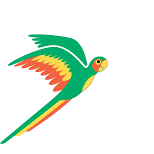
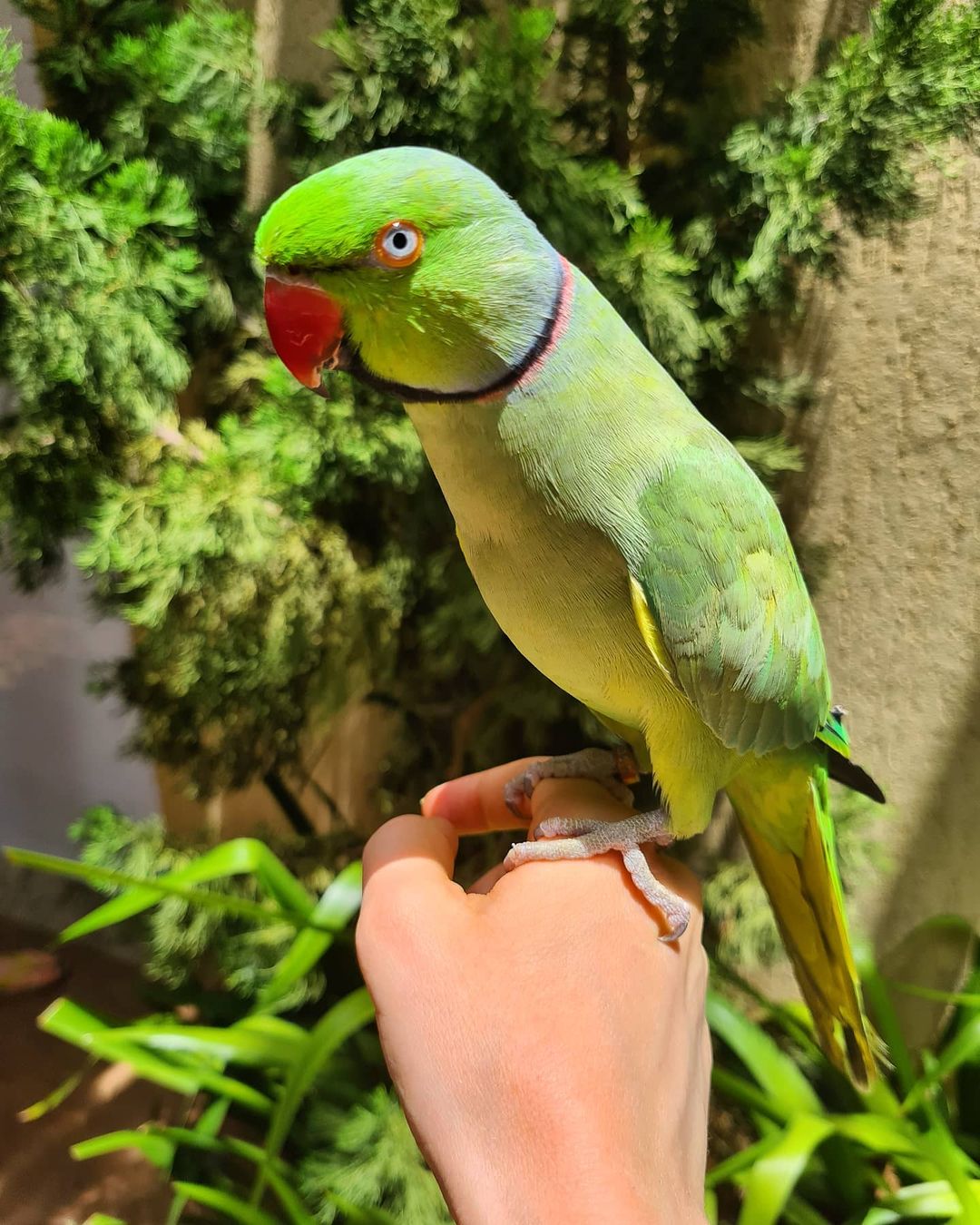
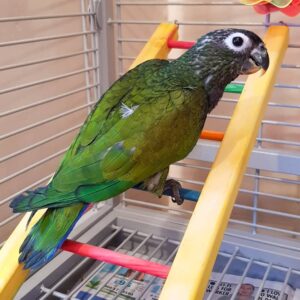

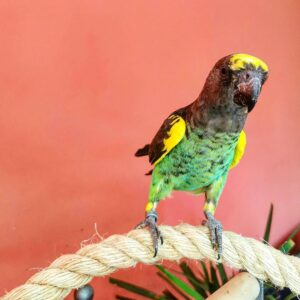
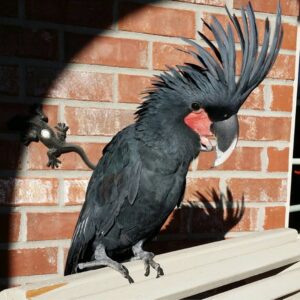
ed Berthelot –
Looking for a mature Violet clear tail male.
talesoftravellingsisters com –
Having read this I thought it was really informative. I appreciate you spending some time and effort to put this information together. I once again find myself personally spending a significant amount of time both reading and commenting. But so what, it was still worth it!
Samantha –
Its been two weeks now with my baby Indian Ring neck and i most confess he is such a sweety.